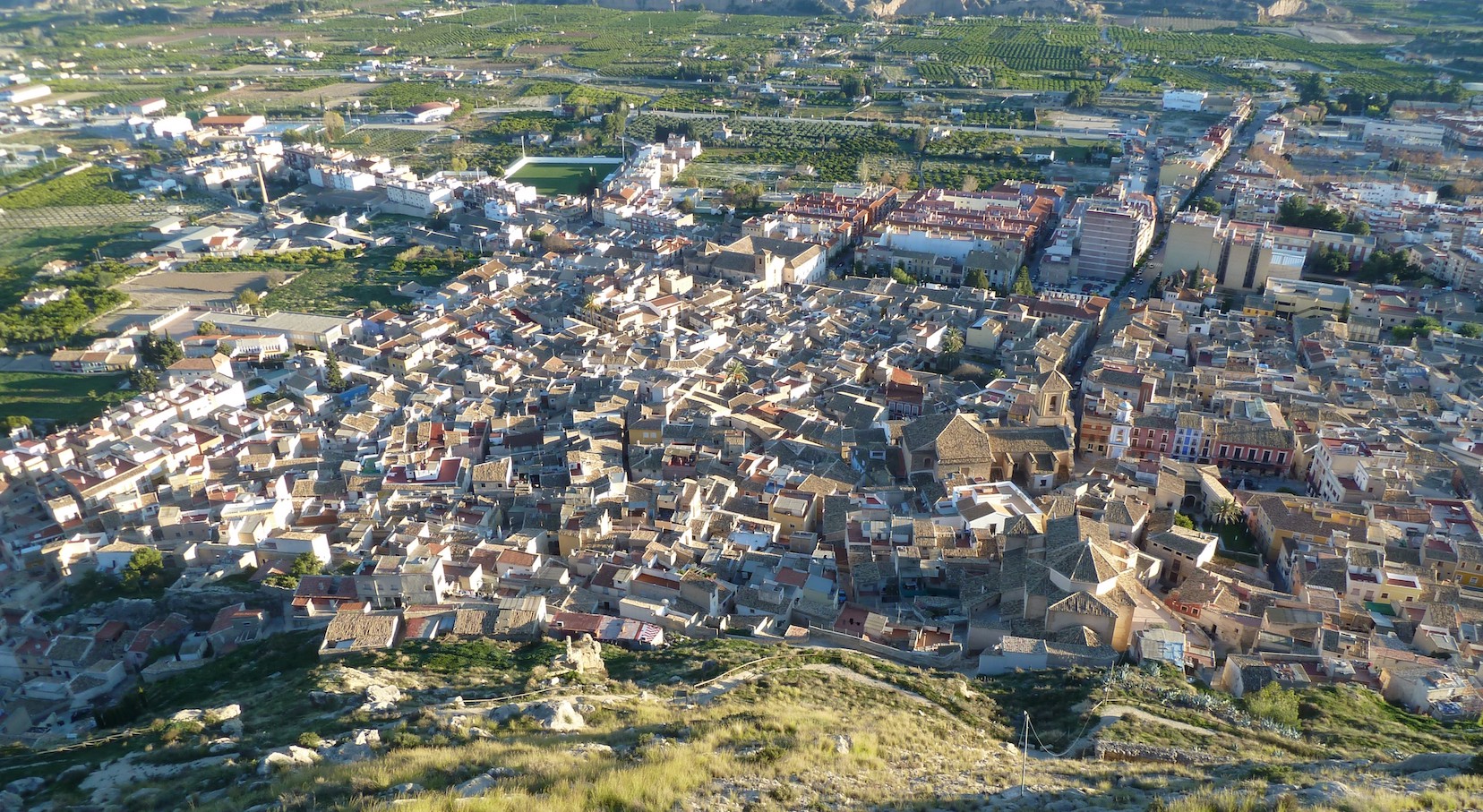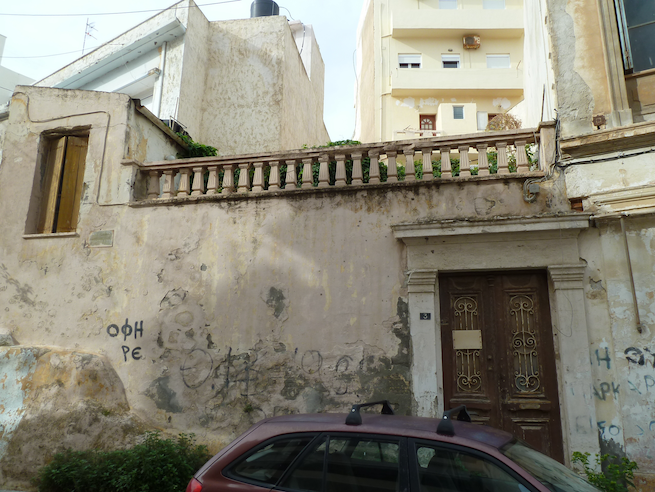Memories can't wait, heritage as urban regeneration by Lead Expert Miguel Rivas
Edited on
08 February 2022Can heritage be an engine for urban development?
by Miguel Rivas, KAIRÓS Lead Expert


Memories can't wait. This is the title of a song by Talking Heads, which relates to Kairós, the name of the new URBACT Action Planning Network on cultural heritage. In ancient Greek, Kairós means the ‘propitious moment’. It is indeed a call to action. And the way this network is addressing heritage has much to do with people and the (collective) memory.
In modern heritage management, the concepts of valorisation and adaptive re-use to contemporary issues are as relevant as the notion of preservation. The scope can range from just the building or monumental artifact to the idea of the broader urban cultural landscape. These trends are paving the way for heritage to play an important role as a driver for urban development.
Other concepts and lines of work are accelerating the relevance of this approach, ranging from sustainable urban development as the prominent framework for today´s urban policies to increasing community empowerment. In this context, the purpose of Kairós is to build up and test an integrated approach for heritage-led urban development and regeneration that can serve a variety of specific challenges and circumstances. We set out a sample here below.
Facing dereliction and decline of historic neighbourhoods
What Mula, a mid-sized town in Southeast Spain, and Heraklion (180,000 inhabitants), the administrative capital of the isle of Crete (Greece) have in common is that both feel the urgent need to stop and revert the vicious circle of degradation and decline. In both cases, this is affecting some of their historic neighbourhoods, in particular Mula´s ‘upper historic quarters’, dating from medieval times, and, in Heraklion, the ‘Aghia Triada’ (Holy Trinity), one of the last city fragments that still retains much of its historical character dating back to the late medieval and early Ottoman cities.
A shrinking and ageing population seriously impacts both districts, meaning that the once traditional social fabric has greatly disappeared. Massive degradation of the housing stock and lots of abandoned properties, alongside a process of social decay and conflict have caused a subsequent poor image of the area and, thus, economic decline. Rehabilitation and regeneration schemes, with a poorly integrated approach, have been tried in both cases, with scarce results so far.
If we move to Lithuania we find Ukmergé, a shirinking medium-sized city, halfway between the capital, Vilnius, and Kaunas. Its cultural memory is so closely linked to Jewish urban culture and heritage that the old town has never really been brought back to normal life since the tragedy of the Holocaust,during which about 10,000 members of the town's Jewish community were massacred.

The historic district of Aghia Triada, Heraklion (EL)
The current local government has promoted a number of physical rehabilitation projects over the past few years, but they still need to be framed into a comprehensive and more ambitious strategy for Ukmergé´s old town regeneration. This would raise the confidence and interest of dwellers, investors, shop owners and entrepreneurs.
Conditions in Sibenik, on the Croatian coast, are quite different to Ukmergé. The city has rapidly become a renowned tourist destination. However, a priority of the local government is to achieve a more sustainable urban development model for its unique, Venetian-style old town. Currently, it is being negatively affected by depopulation, tourism-driven gentrification and a lack of urban vitality during the low season.
Looking at the future through the lens of memory
Other cities in the Kairós network do not face degradation and decline specifically, but rather want to take advantage of the potential of a number of heritage assets for new urban developments and opportunities. After years investing in their historic downtowns, Cesena in Northern Italy and Roskilde in Denmark are now interested in how best to connect those city cores with new heritage-driven district developments or re-developments.
In the city of Cesena - 97,200 inhabitants - intends to re-use its urban industrial legacy (in this case, the former Arrigoni factory) as the spatial foundation for a multi-functional urban regeneration of the area surrounding the railway station. This will include a campus development, new workplaces, housing, new public spaces and a sustainable mobility scheme. Whereas in Roskilde - a commuter town 30 km west of Copenhagen with 97,200 inhabitants - the next flagship project in the town will be the transformation of a former 19th century psychiatric hospital complex of 58 ha into a new liveable and vibrant neighbourhood.
Belene is a small Bulgarian town located in the central part of the Danubian plain, one of the least developed regions in the European Union. At present, the Municipality has the firm determination to make their cultural and natural heritage - notably the spectacular Persina Nature Park - work for the city strategy. In particular, it plans to regenerate and develop the city´s Danube riverfront as a new hotspot for residents and the visitor economy, which is almost inexistent so far.
Conversely, the Castle of the Teutonic Order in Malbork, Poland, is likely the most visited tourist attraction in the country. It is the largest castle in the world measured by land area and a UNESCO World Heritage Site since 1997. The main challenge of Malbork City Council is to expand the benefits associated with the high inflow of visitors to the castle (over 800,000 people in 2019) to the whole historic city, which remains underappreciated. This will call for a wider approach to the urban heritage, beyond the monuments and landmarks and much closer to the concept of ‘historic urban landscape’.

Malbork´s Teutonic Castle (PL)
The Kairós five-pillar model
To meet these challenges, the eight cities mentioned above agreed to share a common action-research work plan within the Kairós network. The integration of the following five key dimensions aims to provide a new policy framework enabling real transformation on the ground:
- Governance - in particular participatory approaches and enabling regulatory frameworks for heritage valorisation in mid-sized towns and cities.
- Space - valorisation and adaptive re-use of urban heritage, including multi-functionality and specific urban planning solutions for historic quarters.
- Economy - entrepreneurial itineraries, business models and technologies related to heritage valorisation and heritage-led urban development and regeneration.
- Attractiveness - re-imagining the ‘heritage city’: from local identity to sustainable destination management.
- Social Cohesion – addressing accessibility and inclusiveness of historic quarters.
We think this is the right time, at the beginning of the EU´s new programming period 2021-2027, to put into practice this Kairós five-pillar model. Whilst impressive cultural heritage has long been part of the European urban culture and the European ‘brand’, there is now greater awareness of the multifaceted nature of heritage-driven urban development and regeneration, and the benefits associated with these strategies. So, let´s move on to action. Memories can´t wait.

The KAIRÓS Model
 Submitted by Dorothee Fischer on
Submitted by Dorothee Fischer on




